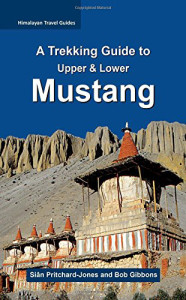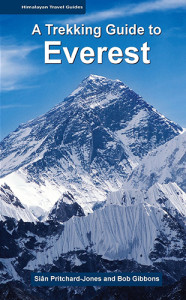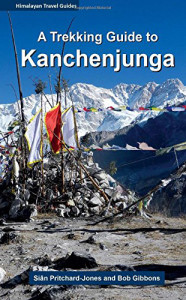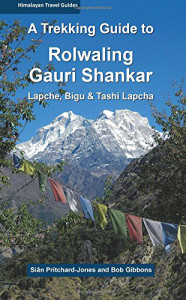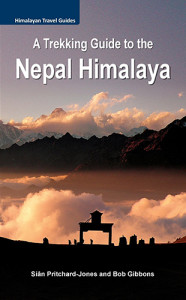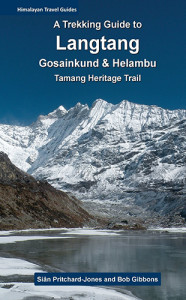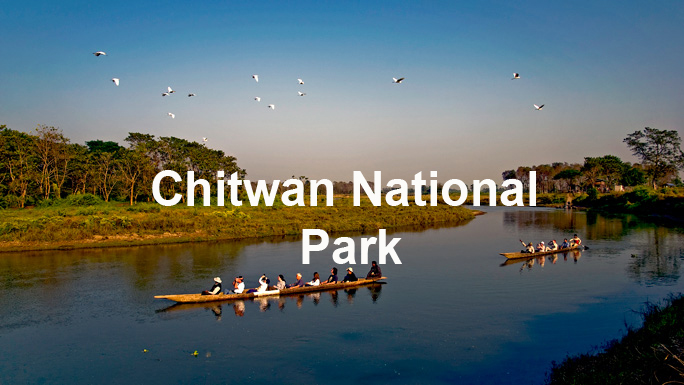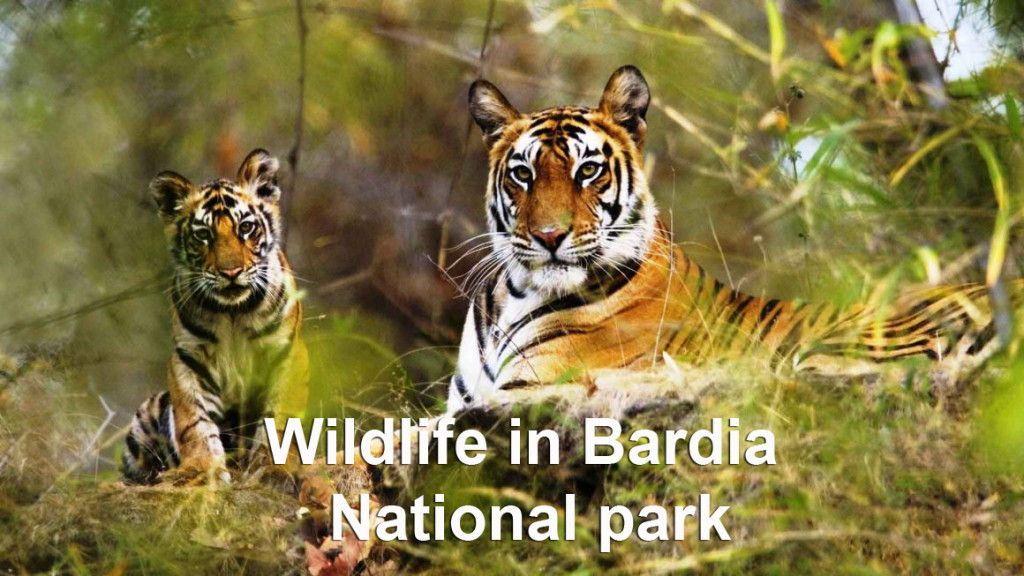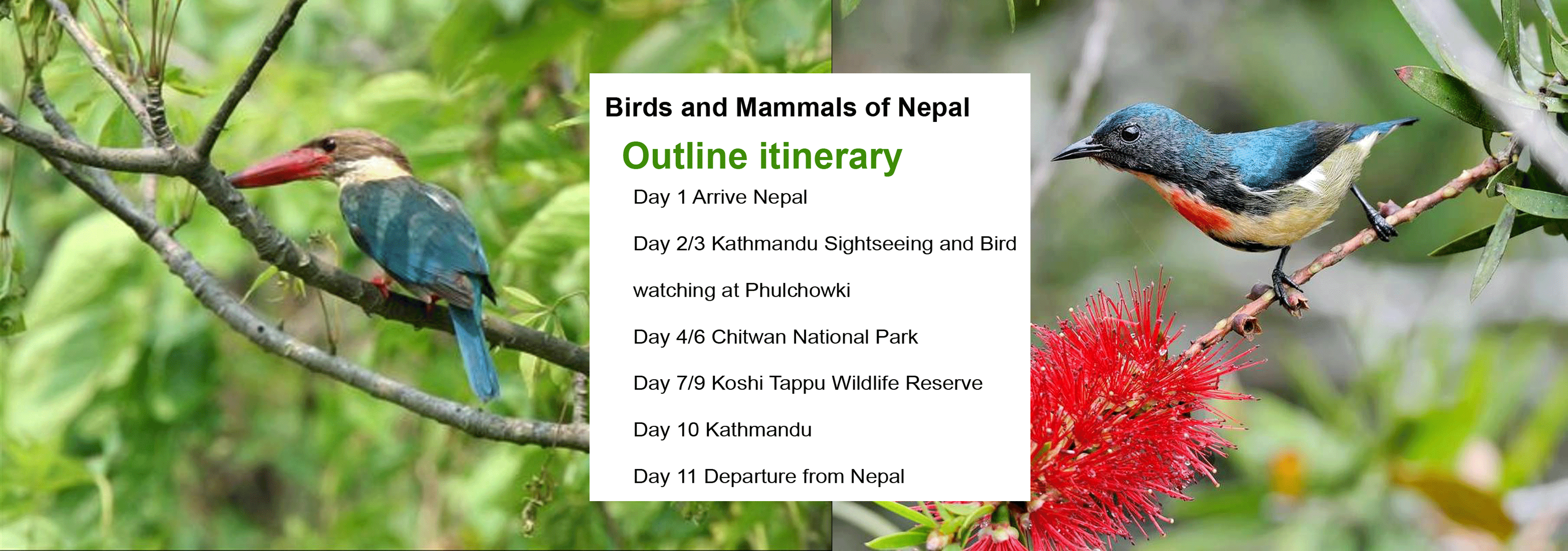
- Good chance of seeing about 300 bird species during the holiday
- Visit the finest bird watching sites in Nepal
- Superlative Himalayan birding & very good value
- Birding on Phulchowki Mountain 2,756 metres, the most bird-rich site in the Kathmandu Valley
- Look for Himalayan Pied Kingfisher, Ibisbill & Brown Dipper
- Indian Rhino, langurs, Sambar & Hog Deer, Chitwan National Park
- Bird Nepal’s terai (lowland) habitat for species such as White-rumped Needletail Swift
- Led by expert local naturalist guides
Nepal Birdwatching Tour
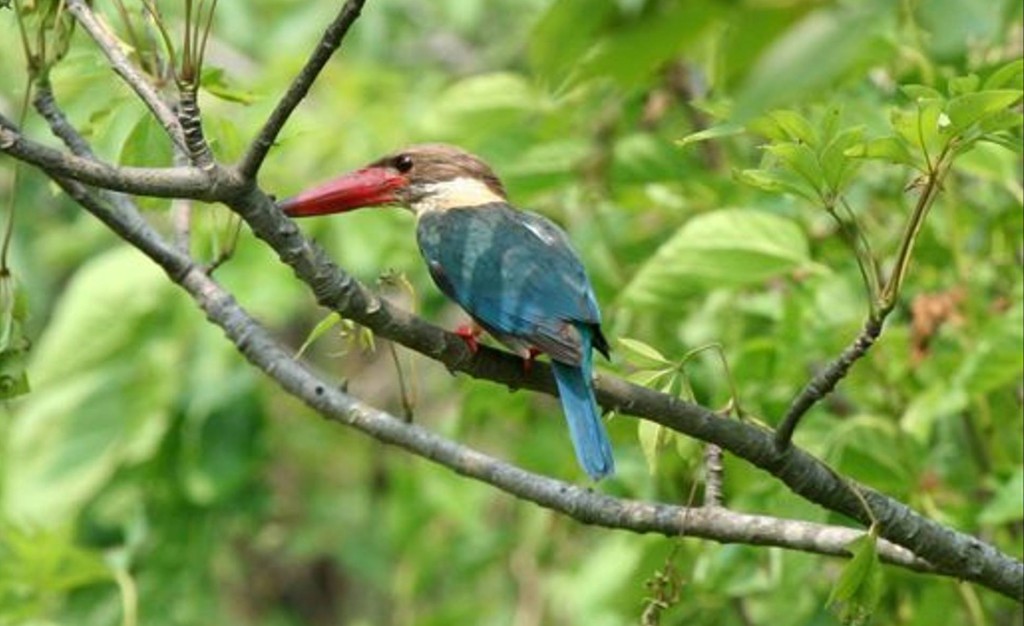
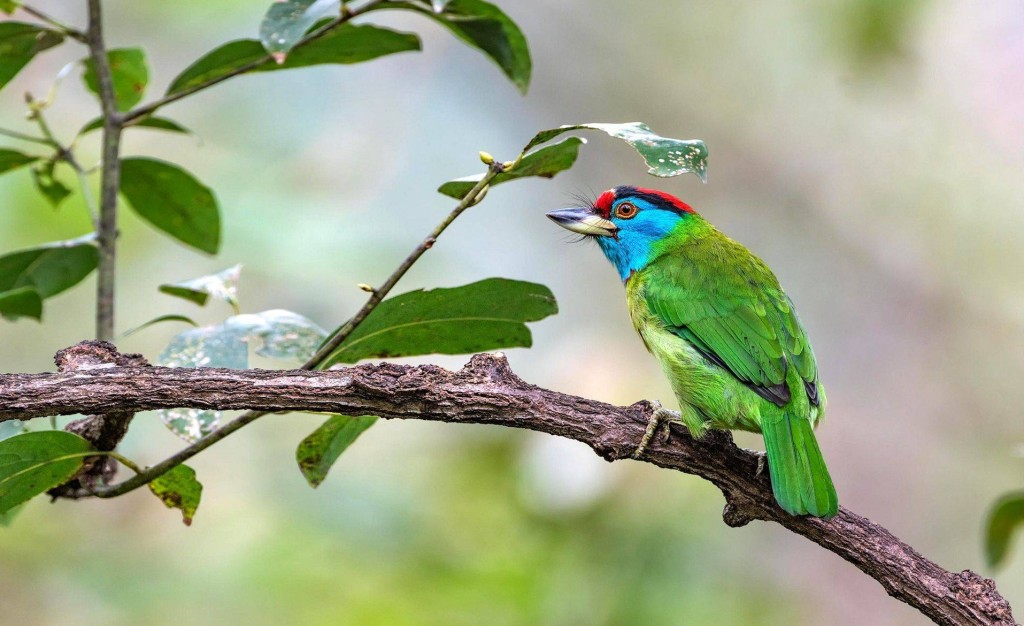
Nepal Birdwatching Tour Itinerary
Day 01: Arrival in Kathmandu (1,300 m/4,264 ft)
Upon our arrival in Kathmandu, Sacred Himalaya will arrange to pick us up from the airport. We will then be transferred to Hotel Moonlight. In the evening, there will be a welcome dinner hosted by Sacred Himalaya. For dinner, you will be served excellent Nepalese cuisine which will introduce you to the country’s food culture.
Included meals: Dinner
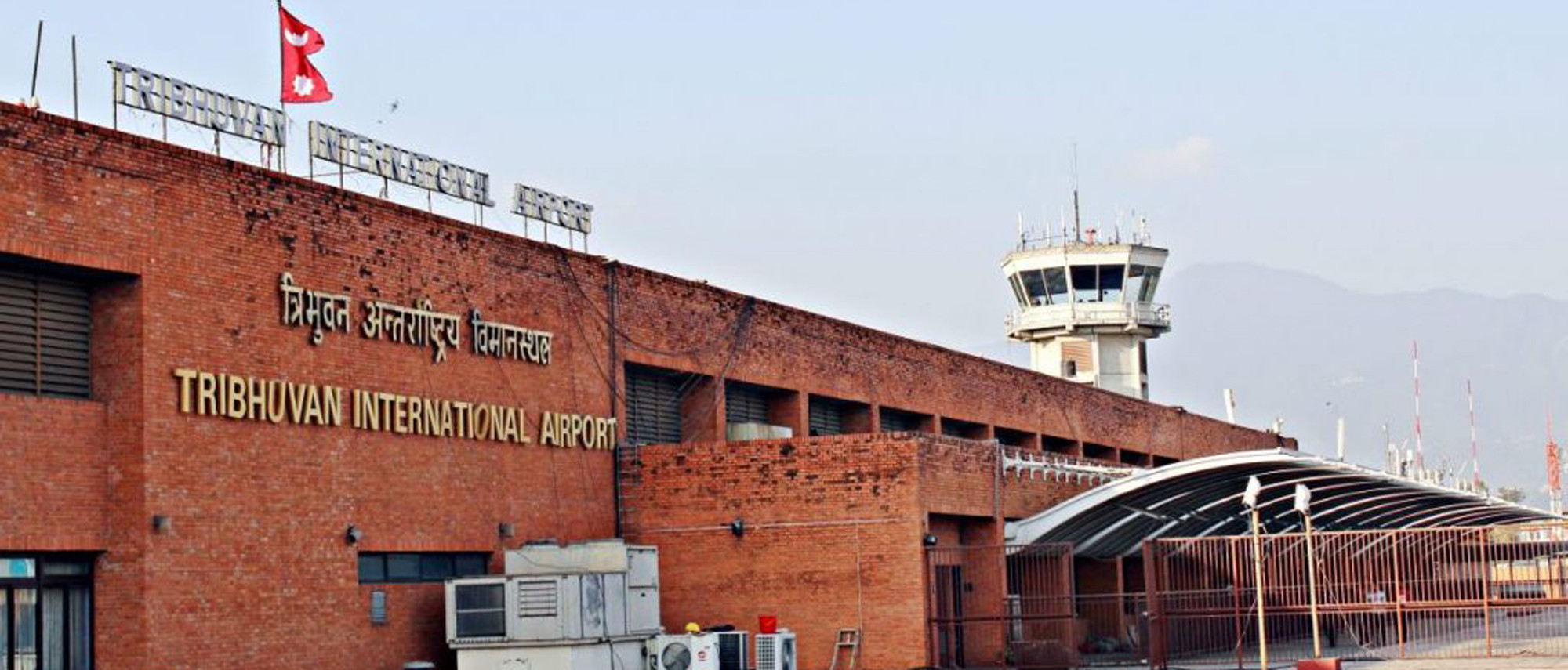
Day 02: Kathmandu Birdwatching Phulchowki, at 2,756 metres.
Today we will spend birdwatching on the forested slopes of Phulchowki, at 2,756 metres the highest
peak in the valley. Phulchowki is a wonderful spot for birds and plants located in the eastern outskirts of Kathmandu valley. The variety of laughingthrushes, fulvettas, bulbuls, flowerpeckers, sibia, flycatchers, sunbirds, tits and warblers is tremendous. We will drive up Phulchowki in the early morning. Here we should get good views of the snow-clad Great Himalayan range, including the Annapurna range, Langtang, Manasalu and many of Nepal’s other high peaks (provided the weather is clear!). We will then spend the rest of the day walking down the mountain through its fine temperate forest, with a picnic lunch en route. Some of the many highlights should include Himalayan Bluetail, Fire-tailed Sunbird, White-collared and Grey-winged Blackbirds (in winter months), Long-tailed Minivet, White-tailed Nuthatch, Buff-barred Warbler, Orange-bellied Leafbird and many more. More elusive species include Himalayan Cutia, Kalij Pheasant, Red-billed Leiothrix and Black-faced Warbler.
At the base of Phulchowki hill. Within this mixed broadleaf patch we hope to find some of the lower altitude species such as the spectacular Blue-whstling Thrush, Red-billed Blue Magpie, Lemon-rumped Warbler, Rufous-gorgeted Flycatcher, Yellow-bellied Fantail and perhaps the elusive Spotted Forktail.
Mammals are, of course, more elusive. However, stealthy progress may reward us with views of some of the more common diurnal species. The cheeky Rhesus Macaques that scavenge a living around the villages are far from shy than their far more elegant cousins, the Grey Langurs, are more wary, and more likely to be encountered at Chitwan National Park. The reclusive Assamese Macaque is still more wary and infrequently encountered. Higher up the mountain, the Orange-bellied Squirrel is the most likely mammal to be found, preferring the oak and rhododendron forests. The exquisite Yellow-throated Marten is also worth looking for, being regularly seen here; whilst the Indian Muntjac, though regularly heard on the mountain, is less easy to see. Such animals as Leopard have been seen on rare occasions in the past by our groups but you should consider yourself very lucky to encounter this sought-after species!
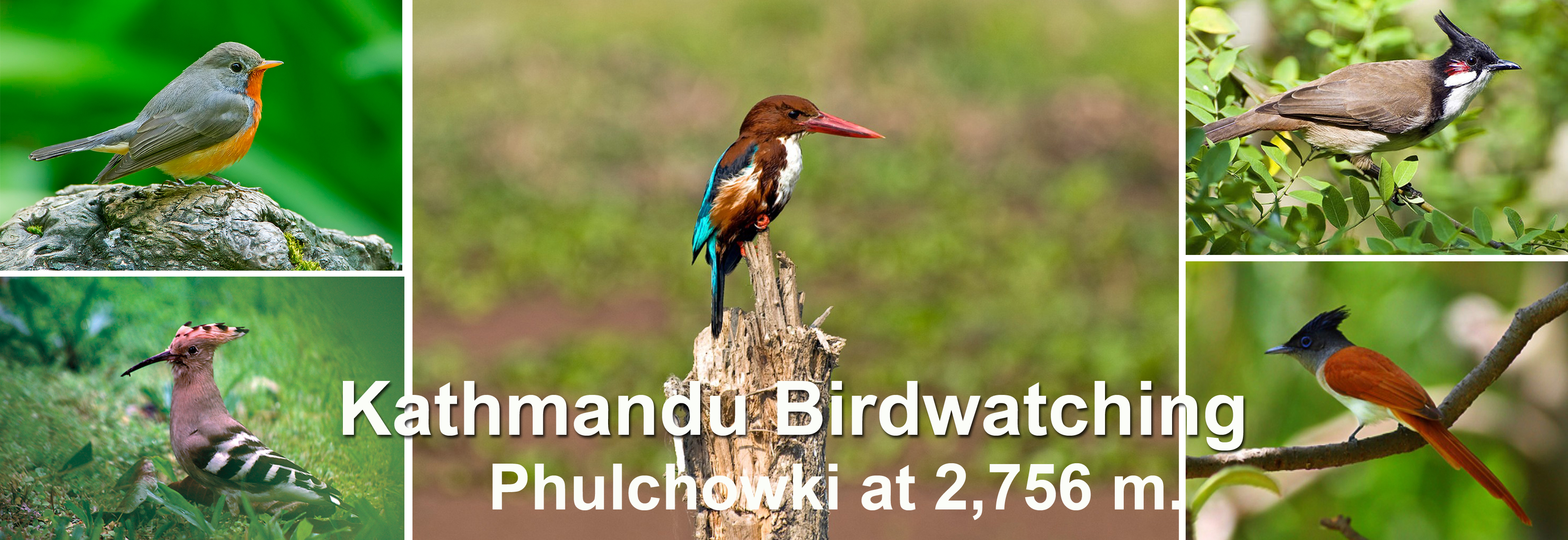
Day 03: Sightseeing in Kathmandu: Swayambhunath and Kathmandu Durbar Square
After breakfast, we begin our sightseeing tour by visiting UNESCO World Heritage Sites in Kathmandu. Kathmandu Durbar Square showcases Nepalese art and architecture at its best. The architecture is typical of the Malla dynasty who ruled over Nepal from the 12th to the 18th century. Swayambhunath Temple is popular among the foreigners as the Monkey Temple owing to the large monkey population residing in the area.
Included meals: Breakfast
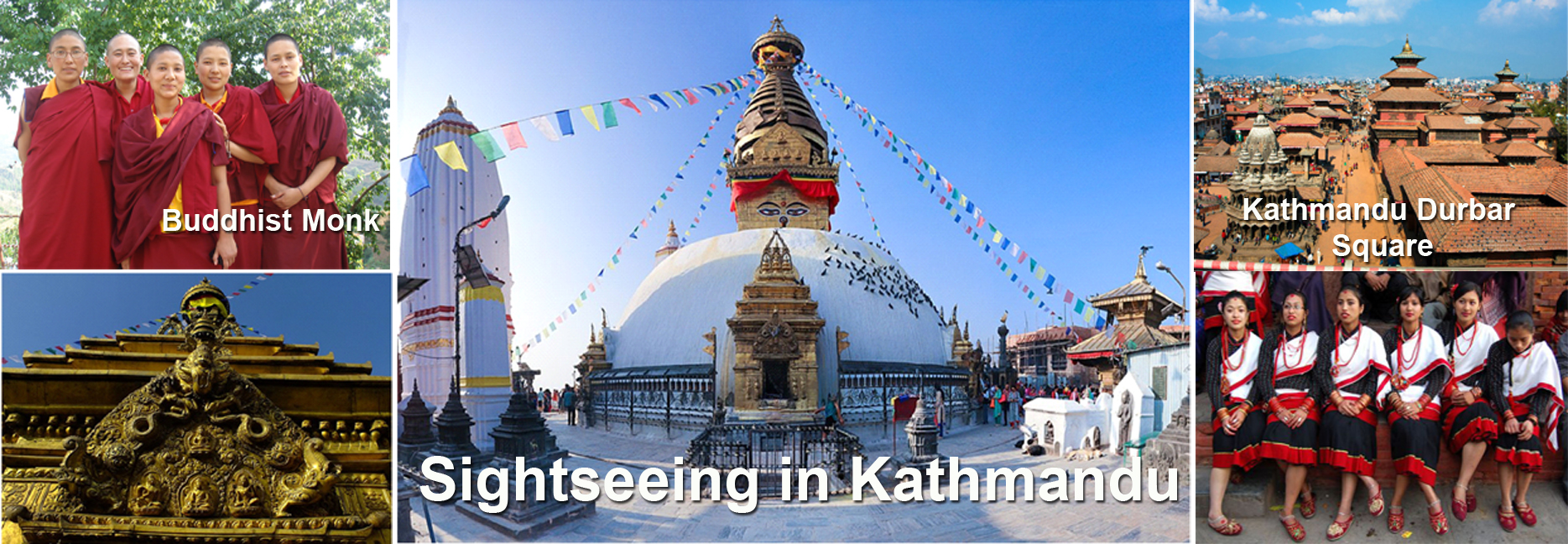
Day 04: Drive to Chitwan (815 m/2,674 ft): 4-5 hours
Today we take an early morning breakfast and drive to Chitwan located 175 kilometers from Kathmandu. We descend down along the winding road on the banks of the Trishuli River. After checking in to the hotel, there will be a briefing on the activities we will be engaged in during our stay in Chitwan. On arrival, we will transfer to a comfortable Jungle Villa Resort for 3 nights. Located on the edge of Chitwan National Park, Jungle Villa Resort is spread over 8 acres of land and have 24 rooms in a natural setting of lush vegetation, overlooking the national park. The rooms are tastefully decorated with en suite facilities.
The park comprises 932 square kilometers of grassland, Sal and riverine jungle, a magnificent environment with a greater variety of wildlife than any other protected areas of Nepal. Over 500 species of birds have been recorded here and we can expect to see nearly one third of these, as well as many mammals and reptiles. These are likely to include the endangered Great One-horned Rhino, Wild Boar, Sambar, Muntjac, Spotted and Hog Deer, Rhesus and Languar Monkeys, and the Marsh Mugger and the fish-eating Gharial Crocodiles. Leopards, Sloth Bears, and Gaur (wild bison) are all found in the reserve and occasionally seen by the lucky ones! Over 100 adult Tigers occur in the area but are very elusive and difficult to see. Amongst the smaller mammals that we may encounter are both Hoary-bellied Squirrel and Northern (or Five-striped) Palm Squirrel, and both Small Indian and Indian Grey Mongooses.
At afternoon we walk on the banks of the Rapti River to enjoy the sunset in the sub-tropical jungles of Chitwan. In the evening, we enjoy dinner along with a brief cultural program showcasing the tribal dances unique to the Chitwan region of Nepal.
Included meals: Breakfast Lunch Dinner
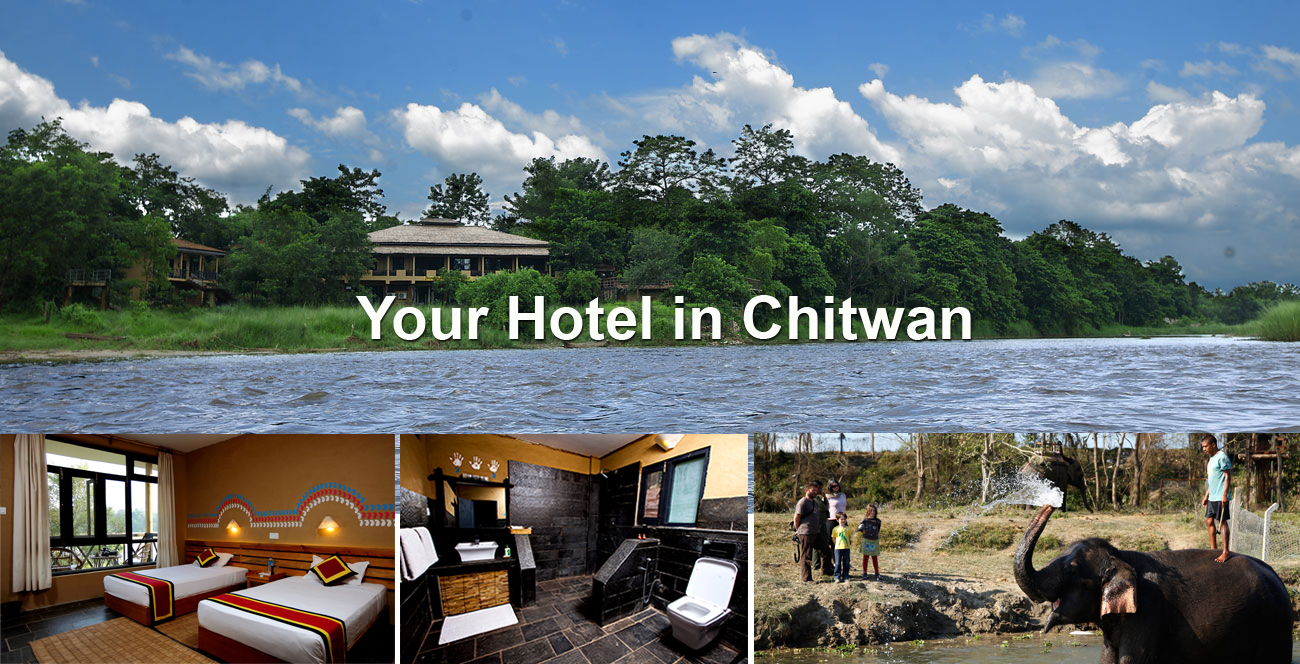
Day 05-06: Chitwan National Park
We will be based in Chitwan National Park for two full days. Making early starts we will spend the first or last few hours of daylight exploring the surrounding riverine forest and grassland on elephant back. Most mammals, including the Rhino, ignore this unique, and surprisingly quiet, mode of travel and it is certainly the most productive and enjoyable way to search for the more elusive mammal species. During the rest of the day we will explore the rivers and go in search of further mammal species, and the park’s rich and colorful birdlife, on jeep and on foot through the forest. These should be outstanding days.
Included meals: Breakfast Lunch Dinner.
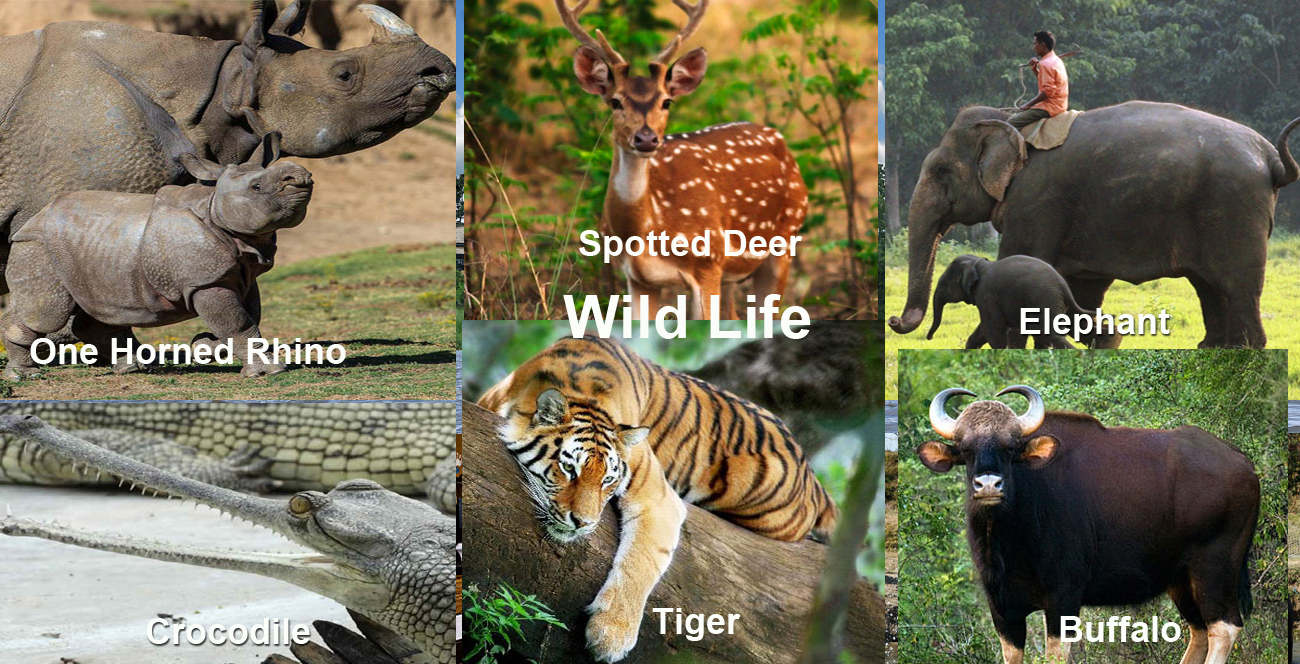
Birdwatching in Chitwan

Day 7-8-9: Drive from Chitwan -Koshi Tappu Wildlife Reserve
Today in the morning, we drive to from Chitwan -Koshi Tappu Wildlife Reserve by private coach. It is a long journey of around eight to ten hours on the east-west highway from Chitwan to Koshi Tappu Wildlife Reserve. Due to annual damage by the monsoon, the highway is under a constant state of repair and tends to be a patchwork of tarmac and rough dirt roads in places. Although tiring, it is also a fascinating journey. Driving through the ‘terai’ lowland of Nepal, we will pass through a variety of villages and towns giving a unique insight into the Nepalese culture and way of life. By making an early start with packed lunch we will aim to reach Koshi Tappu Wildlife Reserve by late afternoon.
The Tented Camp with private facilities close to the great Koshi River will be our base for three nights. The Koshi Tappu Wildlife Reserve is situated in the Sapta-Koshi River plain in the eastern corner of Nepal, close to the country’s southern border with India. The reserve covers 175 square kilometers to the north of a kilometer-long barrage that spans over the Koshi River. This was built between 1958 and 1964 to control and prevent flooding in the plains of northern India to the south. The vast expanse of open water created by the Koshi River, and the marshes, lagoons, sandbanks, mudflats and arable land that lie around it offer an outstanding wetland habitat, and one of the finest birdwatching sites in Asia. Almost all of Nepal’s long list of wildfowl, waders, storks, ibises, egrets, terns and gulls occur here, plus a great variety of land birds, especially warblers and birds of prey. Well in excess of 100 species should be seen each day in this wonderful area, amongst them such local specialities as Swamp Francolin, Red-necked Falcon and Striated Grassbird. Other species to look out for include Siberian Rubythroat, Dusky, Smoky, Tickell’s Blyth’s Reed, Paddyfield and Thick-billed Warblers, Scaly and Black-throated Thrushes, Richard’s Pipit, Painted Snipe, Pied Harriers, Black Bittern, the rare Falcated Duck and Baer’s Pochard.
The sharp-eyed may also be lucky enough to see one of the endangered Gangetic River Dolphins south of the Koshi Barrage. The heart of the reserve lies some 14 kilometres north of the barrage, where seasonally inundated grasslands, lagoons and remnant patches of Khair (Acacia catechu) and Sissoo (Dalbergia sissoo) forest lie alongside the eastern bank of the broad Koshi River. This region is the last refuge of the Wild Water Buffalo in Nepal, and other mammals include Fishing Cat, Jungle Cat, Asiatic Jackal, Spotted Deer and Nilgai (or “Blue Bull”) – the subcontinent’s largest antelope. Our most regular and rewarding wildlife outings will be on foot, exploring the grasslands, river, lagoons and woodlands close to the Camp, and the vicinity of the barrage, an hour drive away. Departing on the state of river after the monsoons, we will also take you by raft onto the wide waters of the Koshi River to enjoy the birdlife of the otherwise inaccessible sandbanks and islands. As seven big rivers drain out here, after the monsoon the landscape and the flow of the river changes every year, some years making it impossible to explore the sandbanks and the islands due to the lack of proper embarking and disembarking points.
This is also a chance to find Marsh Mugger Crocodile that has survived the monsoons floods and live in the river and the ponds, and perhaps encounter the rare Smooth-coated Otter. Back in Koshi Camp this evening it will be worth gazing skywards at dusk to look out for the regular passage of Blackcrowned Night Herons and the Indian Flying Foxes that pass over the Camp most evenings.
Your Accommodation in Koshi Wildlife Camp
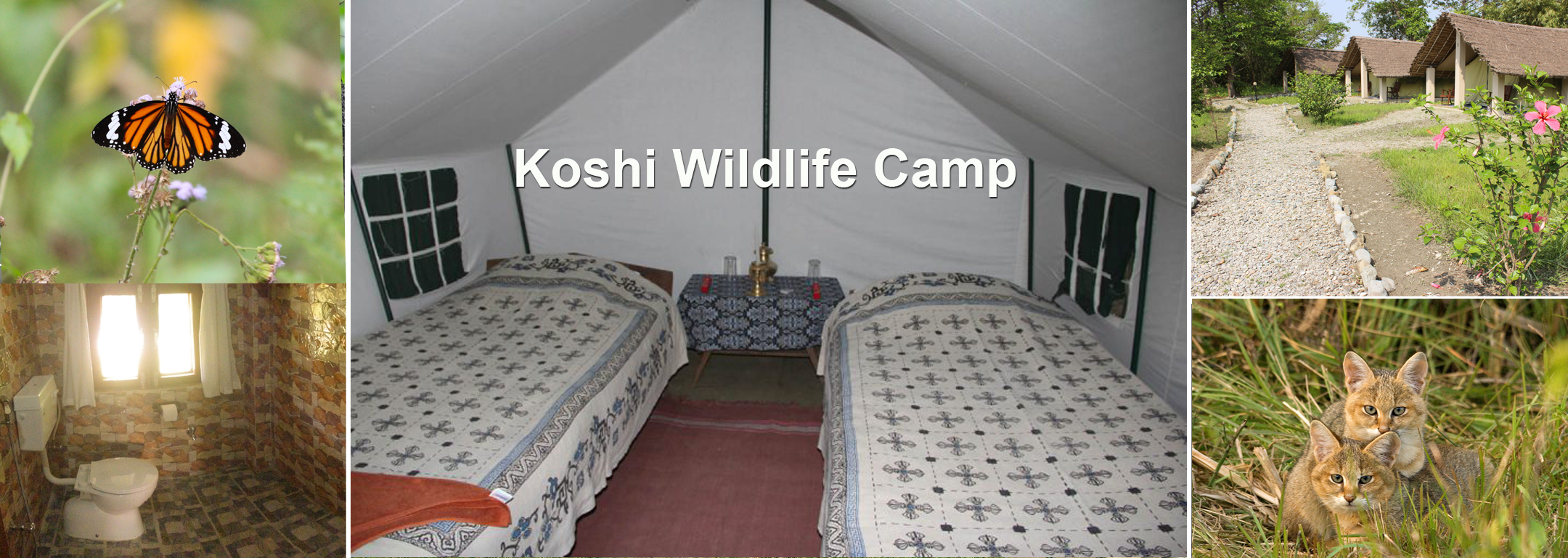
Birdwatching in Koshi Tappu Wildlife Reserve
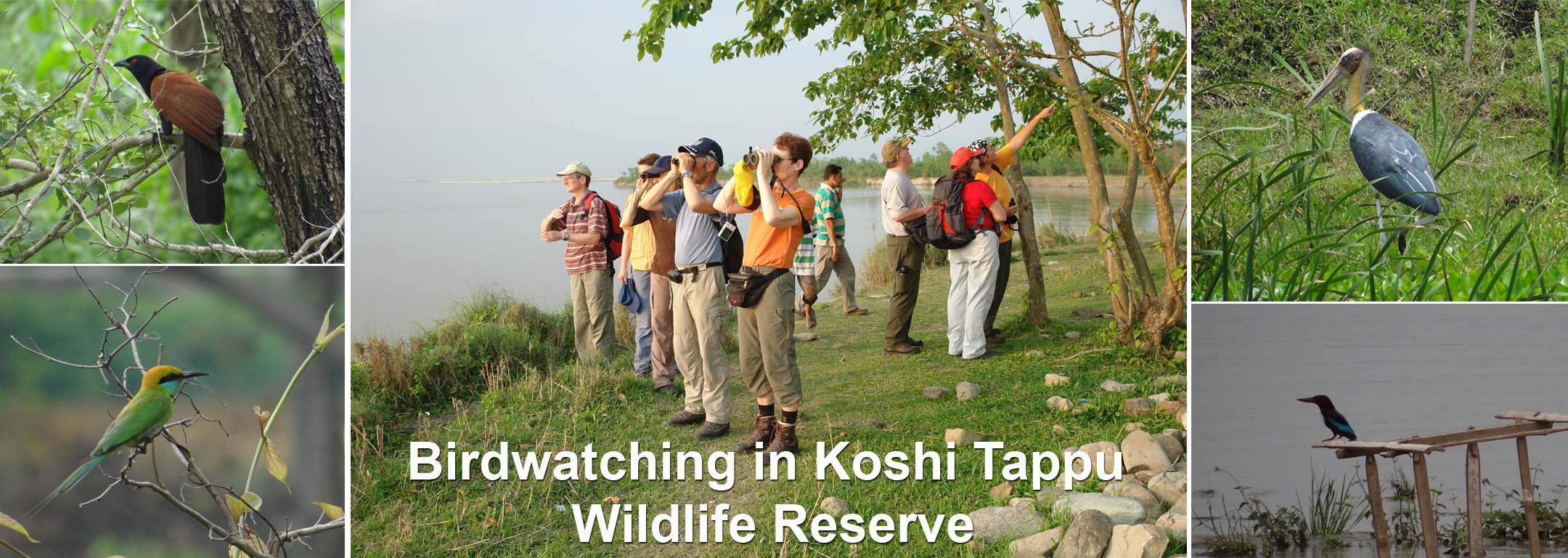

Day 10: Kathmandu
Today in the morning, we will catch our internal flight to Biratnagar and fly back to Kathmandu.
Day 11: Departure from Nepal.
Depending on the time of your flight departure, you may have time for a little more sightseeing or shopping in Kathmandu. We will then take you to Tibhuvan airport 3 hours before the departure time of your flight home and see you to your departure terminal where we will say goodbye and hope very much, that you will have enjoyed your time with Sacred Himalaya.
PRICES AND DATES
2022
|
Departures |
Availability | Cost | ||
| 02nd February 2023 -12th February 2023 | NO SPACES | £1495 | Book Tour | Trip Details |
| 11th February 2023 -21st February 2024 | NO SPACES | £1495 | Book Tour | Trip Details |
| 02nd March 2023 -12th March 2023 | NO SPACES | £1495 | Book Tour | Trip Details |
| 09th March 2023 -19th March 2023 | SPACES | £1495 | Book Tour | Trip Details |
| 17th March 2023 -27th March 2023 | SPACES | £1495 | Book Tour | Trip Details |
| 02nd April 2023 -12th April 2023 | SPACES | £1495 | Book Tour | Trip Details |
| 15th April 2023 -25th April 2023 | SPACES | £1495 | Book Tour | Trip Details |
OUR BEST SELLERS
NATURE AND WILDLIFE HOLIDAYS IN NEPAL
Chitwan Wildlife and Cultural Tour with Annapurna Sunrise Trekking
Bird watching tour of forested hills phulchoki dada of the Kathmandu Valley
Sightseeing in World Heritage site Kathmandu
Chitwan National Park and Annapurna Sunrise Trekking
– Nepal’s top three sites!
Land only price from: £1395.00
Read more…
Kathmandu Valley and Bardia National Park Wildlife Tour
A 8 day Bird watching tour of forested hills phulchoki dada of the Kathmandu Valley
Bardia National Park Wildlife Tour
– Nepal’s top sites Tour
Land only price from: £1100.00
Read more…
Sacred Himalaya is recommended by the Himalayantravel guide
series of books
